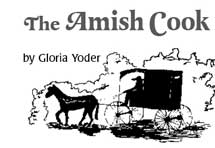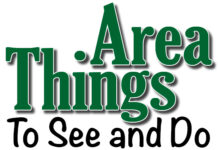We aren’t privy to their presence; mallard ducks are everywhere, but we get attached to “ours.” For weeks in the early spring, we go from seeing adult males and females motoring around the lake and feasting under our bird feeders to just those emerald-headed boys taking advantage of the buffet. The girls are, no doubt,…



